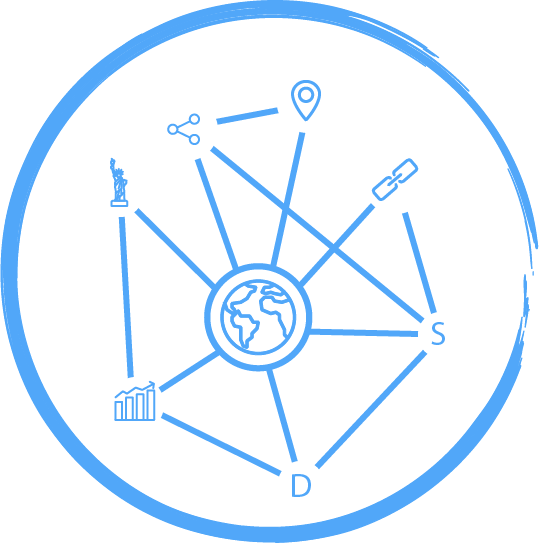Deep Learning for Everyone
Summary
Over the past few years we have seen a convergence of two large scale trends: Big Data and Big Compute. The resulting combination of large amounts of data and abundant CPU (and GPU) cycles has brought to the forefront and highlighted the power of neural network techniques and approaches that were once thought to be too impractical.
Deep Learning, as this new wave of interest has come to be known, has made impressive and unprecedented progress on applications as diverse as Natural Language Processing, Machine Translation, Computer Vision, Robotics, etc. In this lecture, students will learn, in a hands-on way, the theoretical foundations and principal ideas underlying this burgeoning field. The code structure of the implementations provided is meant to closely resemble the way the state of the art deep learning libraries Keras is structured so that by the end of the course, students will be prepared to dive deeper into the deep learning applications of their choice.
Program
Regression
Understand the different types of Machine Learning
Define Supervised Learning and Regression
Visualize Linear Regression
Implement Gradient Descent
Use Linear Regression
Classification
Define Classification
Visualize Logistic Regression
Learning Procedure
Implement Logistic Regression
Understand Classification evaluation
Data Preparation
Visualize decision boundaries
Use Data Normalization
Understand Overfitting
Define the Bias Variance Tradeoff
Neural Networks
Understand how the brain works
Understand Perceptrons and Forward Propagation
Define Activation Functions
Understand Back Propagation
Recognizing Numbers
Understand the MNIST Dataset
Understand Data Preparation
Implement Back Propagation
Understand the effect of the Learning Rate
Generalize the Code
Advanced network applications
Understand unsupervised Learning
Implement an Auto-Encoder
Understand Recurrent Neural Networks
Understand Convolutional Neural Networks
Explore the Learning vs Memorization Tradeoff
Resources
References
Deep Learning with Python
F. Chollet (2017)
Deep Learning with Keras
A. Gulli, S. Pal (2017)
Mastering TensorFlow 1.x
A. Fandango (2017)
Deep Learning
I. Goodfellow, Y. Bengio, A. Courville (2016)
Pattern Recognition and Machine Learning
C. M. Bishop (2011)
Machine Learning: A Probabilistic Perspective
K. Murphy (2012)
Previous Editions:
Nov 19, 2020 - https://learning.oreilly.com/live-training/courses/deep-learning-for-everyone/0636920469964/
Jun 17, 2020 - https://learning.oreilly.com/live-training/courses/deep-learning-for-everyone/0636920396819/
Mar 27, 2020 - https://learning.oreilly.com/live-training/courses/deep-learning-for-everyone/0636920374497/
Dec 11, 2019 - https://learning.oreilly.com/live-training/courses/deep-learning-from-scratch/0636920325390/
Sept 30, 2019 - https://learning.oreilly.com/live-training/courses/deep-learning-from-scratch/0636920307624/
Sept 24, 2019 - Strata NYC - https://conferences.oreilly.com/strata/strata-ny
Jul 2, 2019 - https://learning.oreilly.com/live-training/courses/deep-learning-from-scratch/0636920290797/
Apr 19, 2019 - https://learning.oreilly.com/live-training/courses/deep-learning-from-scratch/0636920273981/
Jan 3, 2019 - Santiago, Chile - http://netscix.net

